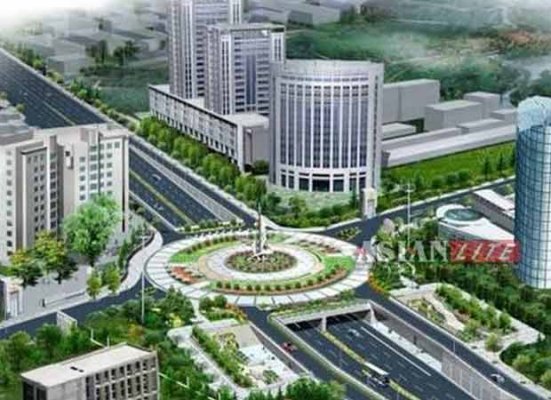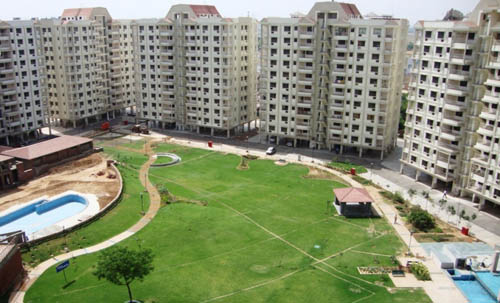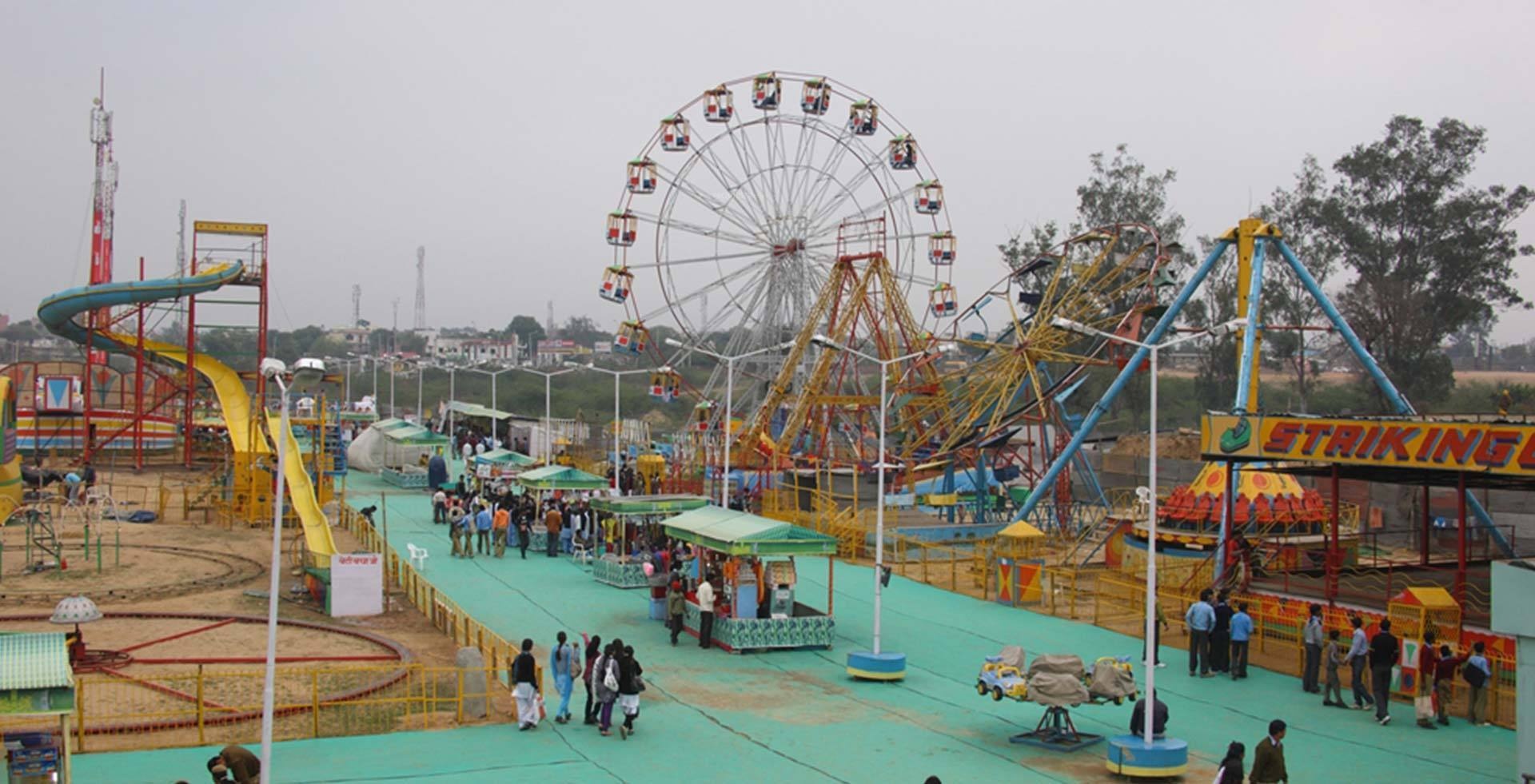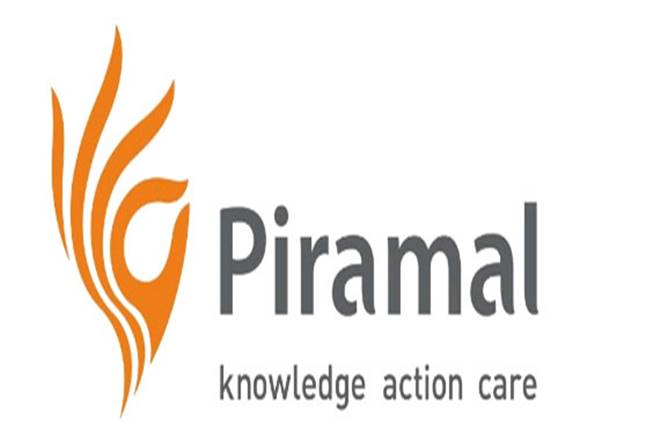
JLL & CREDAI release report on India’s Future Cities
The report highlights the need for new urban centers in the country, and shortlists 45 potential mega-cities such as Nagpur, Lucknow, Jaipur, Kochi and Bhopal, among others.

The report highlights the need for new urban centers in the country, and shortlists 45 potential mega-cities such as Nagpur, Lucknow, Jaipur, Kochi and Bhopal, among others.

Contrary to the general perception that the eco system is getting tougher for the builders due to home buyers’ activism, vigilante media and judicial intervention, the facts suggest that the developers have been given too long ropes to cross the bridge over the buyers’ interests. As a matter of fact, there are many instances of amnesty to the developers in the last few years.

Real estate industry in our nation has always been in question due to prevailing autonomous rules and guidelines of every developer. There is an immediate need of a governing body which can address all such concerns of the sector. Government of India at national level has already introduced RERA which will address all these concerns.

Child friendly homes are ideally suited for parents planning families or those with young children. While this strategy may narrow the market somewhat for the developers since the target buyers is a small group, these homes are ideally suited to people wanting to rent homes as well since they provide a ready environment for the parents who have to deal with many challenges when moving to a new city.

There is currently a shortage of 20 million homes. By 2030, 590 million Indians will live in cities, necessitating a further $2.1 trillion of capital investment in infrastructure. The challenge to house the future population is urban in scope and unprecedented in scale.

The question is in the absence of high paying economic activity like IT/ITeS will the city keep the desired pace to sustain the projected growth and the life style. Critics often point out that in the absence of steadfast pace of economic activity the market may end up being another investors’ haven. However, developers active in this market maintain that more employment opportunities have seen people preferring to stay in Bhiwadi than commute to work. Also, a large number of floating population from nearby cities and across the country is still high, which needs to be catered to in terms of their aspiration and lifestyle choices. The rise of nuclear families have further seen emergence of more demand for dwelling units in the region.

Amidst all the misleading claims and marketing exaggerations, location mapping is the most glaring one. Generally maps are not to scale and give the wrong perception of the location of the project. For example, the brochure will say 10 minutes from the airport or commercial district; it does not state distance in kilometres.

The proposed Delhi Mumbai Industrial Corridor (DMIC) also promises to change the Faridabad landscape opening floodgates of opportunity. The DMIC stretch that touches Faridabad-Palwal is poised to open floodgates of economic opportunities with world class infrastructure at the doorsteps of Faridabad.

News Point: Ivanhoé Cambridge to allocate an initial US$250m. PEL…

Bottom Line: Track2Realty conducts a pan-India survey to find what…
